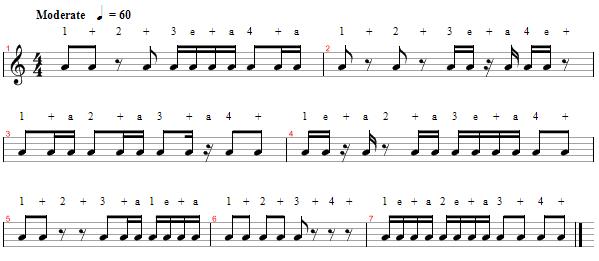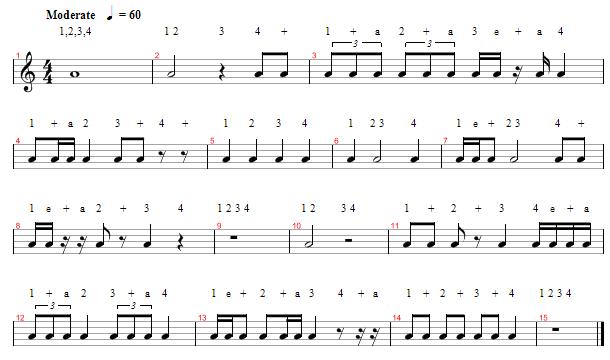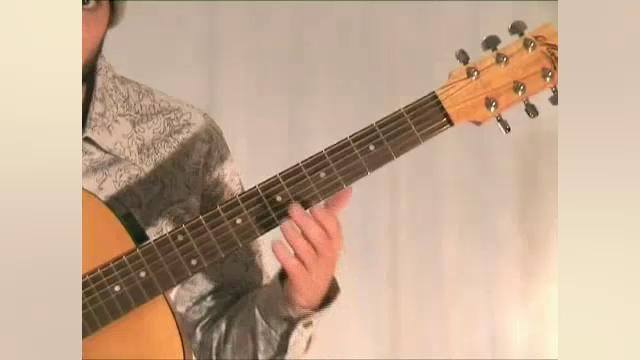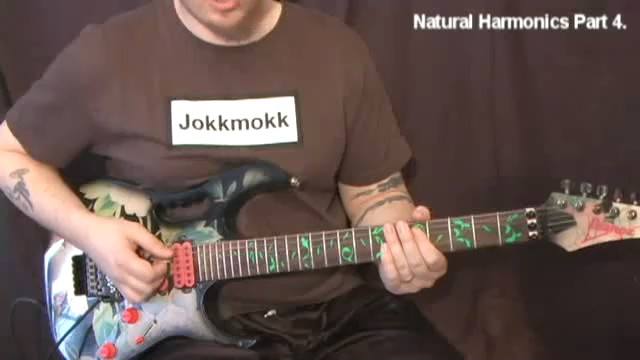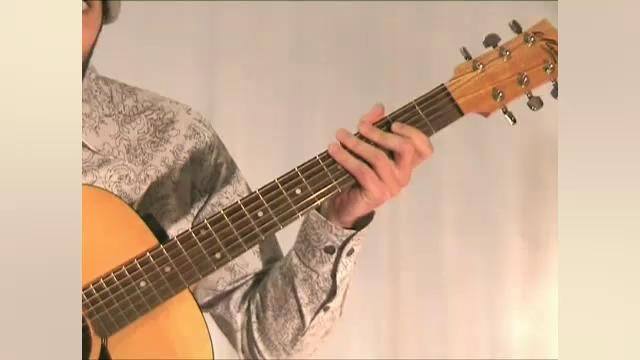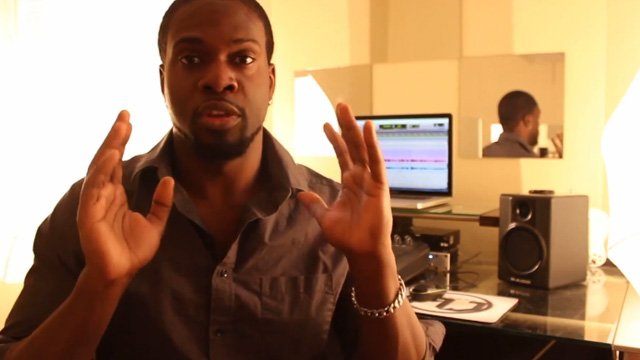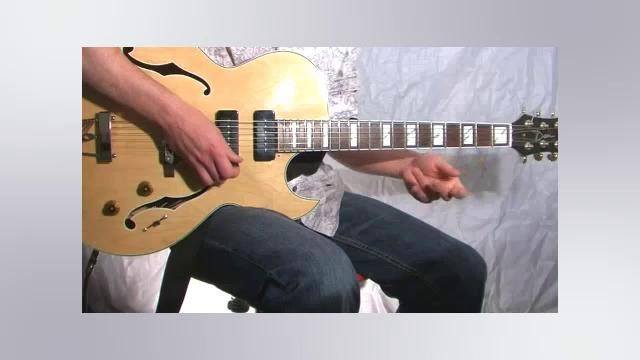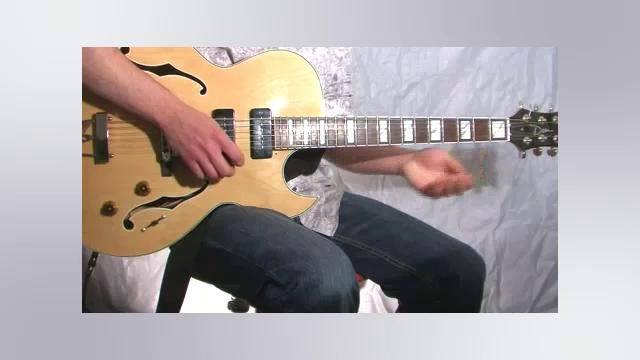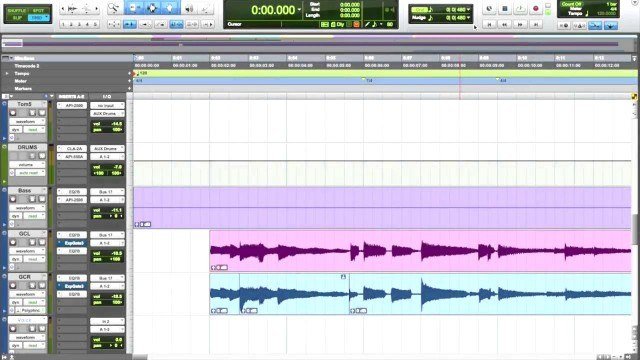In this lesson, we will be continuing our look at the different notes that you are going to encounter, as well as incorporate these new notes in with the ones you previously learned.
The next note division we are going to look at is the Eighth Note, which looks just like a Quarter note but with a little flag on top. There are 2 ways to see this note: you can see it by itself with just the flag, or if you encounter 2 eighth notes together, they may be connected across the top by a beam. This note is held out a half a beat shorter than the quarter note, so when you see 2 of these notes played together, count them as "One and.." Another way to think of it, is that there are 2 Eighth Notes for every Quarter note or 2 Eighth Notes for every beat.
 4
4
Coupled with the Eighth Note is the Eighth rest. This, like the Eighth Note, is held out for the same amount of time as an Eighth Note would, so when you encounter this, don't play anything for half a beat.
The next note division is going to be the Triplet. This one looks just like the Eighth Note except there are 3 of them within one beat. This one is counted in a different way than the other one's we've learned, because within each beat, we count it as "One-And-Ah" We can also count this out as "Trip-Ah-Let"

The next note division is going to be the Sixteenth note. This note is held out for half the length of an Eighth note. In other words, you play 2 Sixteenth notes in the duration of one Eighth Note. This note looks just like the Eighth note except that instead of one flag, you have 2. When you see one or more Sixteenth Notes together, there can be a bar across the top of them, but with this note, we have 2 bars instead of one. This note is usually counted out as "One-E-And-Ah"

Along with the Sixteenth Note, is the Sixteenth rest. This is held for the same duration as the Sixteenth note.
Below are 2 exercises that are here to help burn into your brain these new note divisions we have learned. The first one uses just the notes and rests we have learned in this lesson, and the second one puts together all the notes and rests that we have learned so far, so as before, make sure you start this slow, and you are clapping and saying the rhythms out loud. Once you have it down, then you can play this on your guitar. 